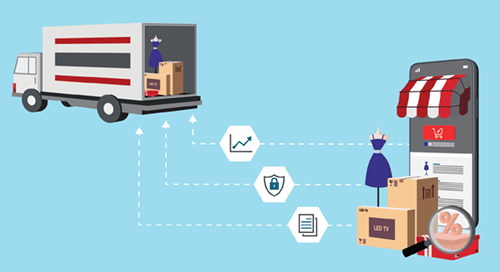An API marketplace is a powerful, and necessary, tool for establishing your API presence and, in turn, driving API adoption. But an API marketplace only realizes its full potential when it’s designed to serve the producers behind the APIs and the consumers of these digital products. The good news is both producers and consumers appreciate a lot of the same characteristics in an API marketplace — we’ve highlighted the top five below.
✓ Easy discovery
Considering the sprawl and complexity of the API technology landscape, locating APIs is not always an easy task. While presenting APIs in a user-friendly interface, an API marketplace should also enable individuals to search by categories, use cases, and other variables to quickly find resources relevant to their business objectives.
Producers can use these same search capabilities to assess related APIs in the marketplace, while appreciating the optimized visibility these search preferences provide to end users.
✓ Unified security
Before developers bring APIs to market, they want to have a holistic view of the policies around the APIs so they can make sure these digital products are safe for consumption.
An API marketplace should be outfitted with robust governance and security measures, so developers can not only benefit from additional guardrails when publishing APIs in the marketplace but also monitor and manage API security over time. Consumers, meanwhile, can feel more confident about the security of the APIs they’re bringing into their business fold.
✓ Streamlined management
While tracking the usage and performance metrics of APIs is beneficial for companies behind API marketplaces, the actions they trigger ultimately deliver value to producers and consumers. By understanding what’s working and what’s not — from a producer and a consumer standpoint — API marketplace providers can offer a better experience across all environments and deliver higher-quality products.
✓ Flexible bundling
Thinking about APIs as products means grouping them in a logical manner, such as by use case or audience. Linking together these related APIs provides consumers with a more complete API offering to support their business objectives — without having to find and subscribe to multiple API services across multiple platforms. For API producers, this means increased adoption of APIs via flexible product bundling options.
✓ Simple self-service
In an age when self-service is preferred across various business interactions, it’s only natural the API marketplace follows suit. With a centralized API management system in place, the IT personnel behind API marketplaces can set up policies and governance that avoids bottlenecks in API registration, discovery, and consumption. While API producers can accelerate their onboarding process and API monetization, consumers can access digital products faster with confidence around their use.
Learn how to harness your APIs with Amplify Engage (formerly Amplify Enterprise Marketplace)












